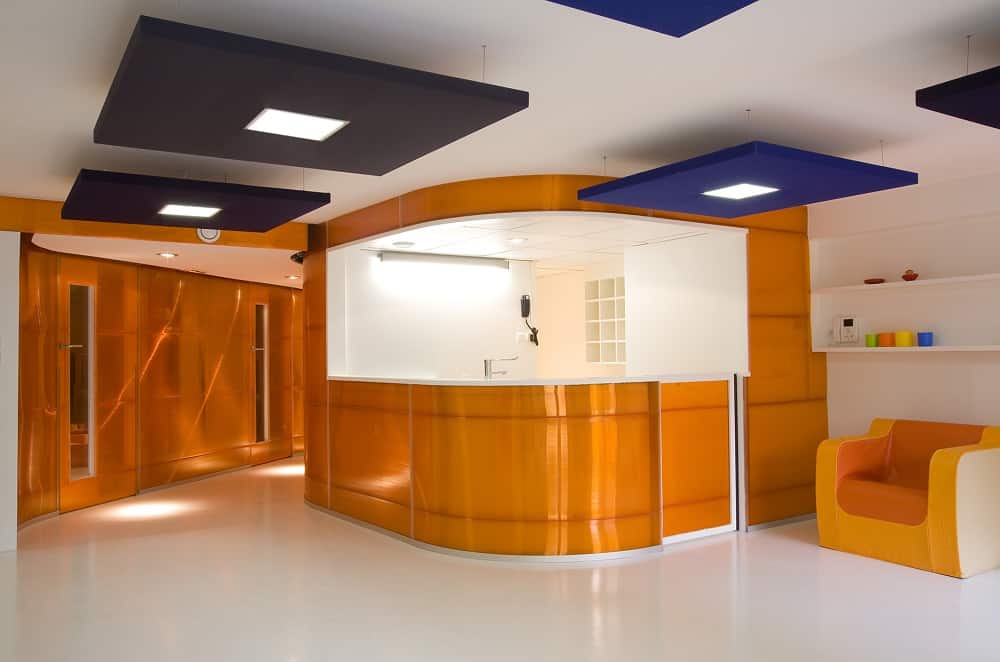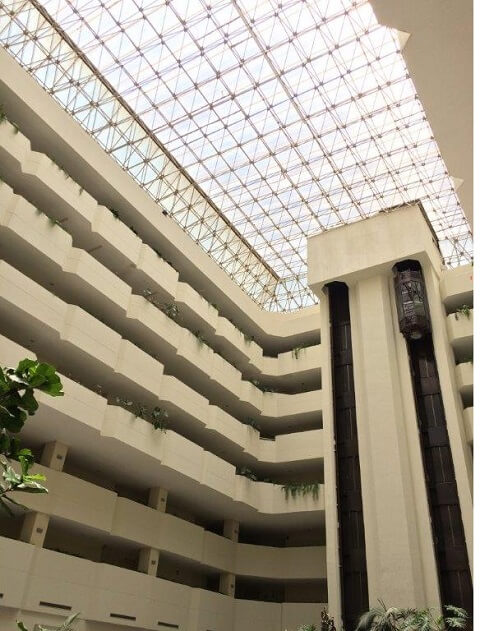
Yes, you can bend polycarbonate! That makes it one of the most popular building materials on the market. Let’s face it; most building materials like glass or wood have to be taken as is, but knowing how to bend polycarbonate demonstrates just how remarkable this flexible, lightweight, durable, almost unbreakable product is to work with. Because polycarbonate is a thermoplastic, bending polycarbonate roofing sheet material, whether you employ hot or cold bending, creates an innovative and new dimension for the creative and structural possibilities of contemporary architecture.
What To Know About Heat Bending Polycarbonate
Knowing that you can bend polycarbonate to customize a particular feature in your design opens up a wide spectrum of architectural possibilities. The flexibility of this remarkable building material has made it possible for everyone from professional construction crews to do-it-yourselfers to customize polycarbonate to suit an architect’s design or a weekend project. Note that in order to prevent the polycarbonate sheet from over-tensing, the minimum polycarbonate bend radius needs to be 150 times the panel thickness. Different skill levels call for different equipment and techniques, so it’s important to know in advance exactly what you want to do.
Professionals who are heat bending polycarbonate sheets of larger size use heat coils, thermal bending benches, and circulation furnaces. It’s important to know your own abilities so that you don’t attempt something that requires specific skills.
A professional is most likely going to fold the sheet into the intended shape while it’s still cold and then heat it in an oven at 70 degrees. That makes sure that the tension is removed from the sheet. This enables the newly formed polycarbonate to hold and retain its new shape. However, keep in mind that if you have a more complicated shape in mind as the end result, the polycarbonate must be bent using heat.
In order to achieve the ideal bend polycarbonate temperature, you need to apply the heat in a targeted manner. Place wooden slats next to the folding line where you need the polycarbonate to bend so that the bending will be sharp and exact.
If you’re bending polycarbonate sheet material with a heat gun, make sure you keep the heat gun outflow opening at least 2 inches away from the sheet. Remove the protective film coating from each side of the polycarbonate sheet. Carefully and evenly, move the heat gun along the line you’re going to fold. Check to see if the polycarbonate is ready to bend by pulling lightly on the end of the sheet.
If you’re bending polycarbonate sheeting with a convection oven, use a heat-resistant tray, not the oven rack. Preheat the oven and put the tray into the oven, allowing it to heat gradually. After reaching the correct temperature of 180 to 210 degrees Celsius, let the sheet stay in the oven for 4 to 5 minutes. Form the sheet into the desired shape until the temperature cools. You can count on the polycarbonate to retain this shape.
How To Cold Bend Polycarbonate
You might be surprised to learn that cold bending polycarbonate is the preferred choice and is much easier. The thickness of the polycarbonate sheeting will factor into the process; a polycarbonate sheet that’s long and narrow is easier to cold bend than a smaller sheet because the longer sheet actually bends on its own. Knowing how to bend polycarbonate without heat will come in handy, for example, if you have a boat and need to make windows for it.
The process of cold bending polycarbonate roofing sheet material for a structure typically uses a press brake so that the bend is at a specific angle. The material in this form of bending needs to be clamped into a frame or shape to prevent the polycarbonate from snapping back into its original shape.












